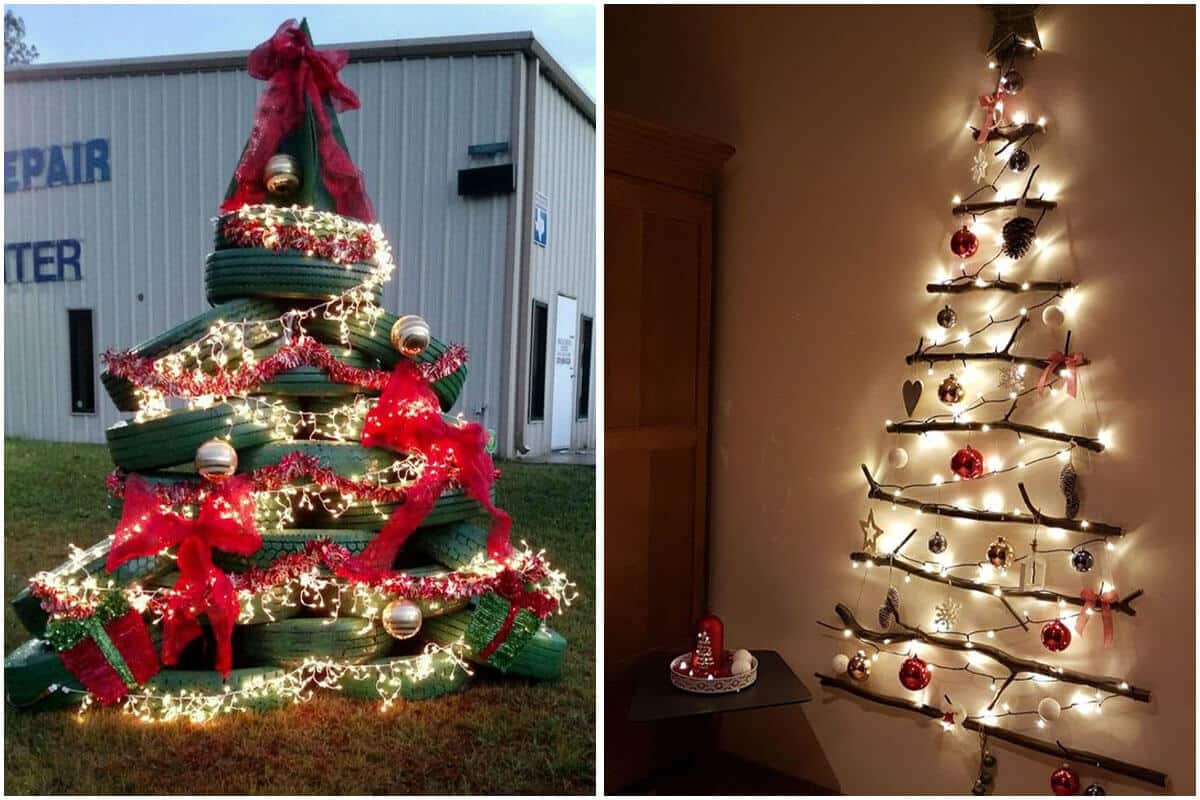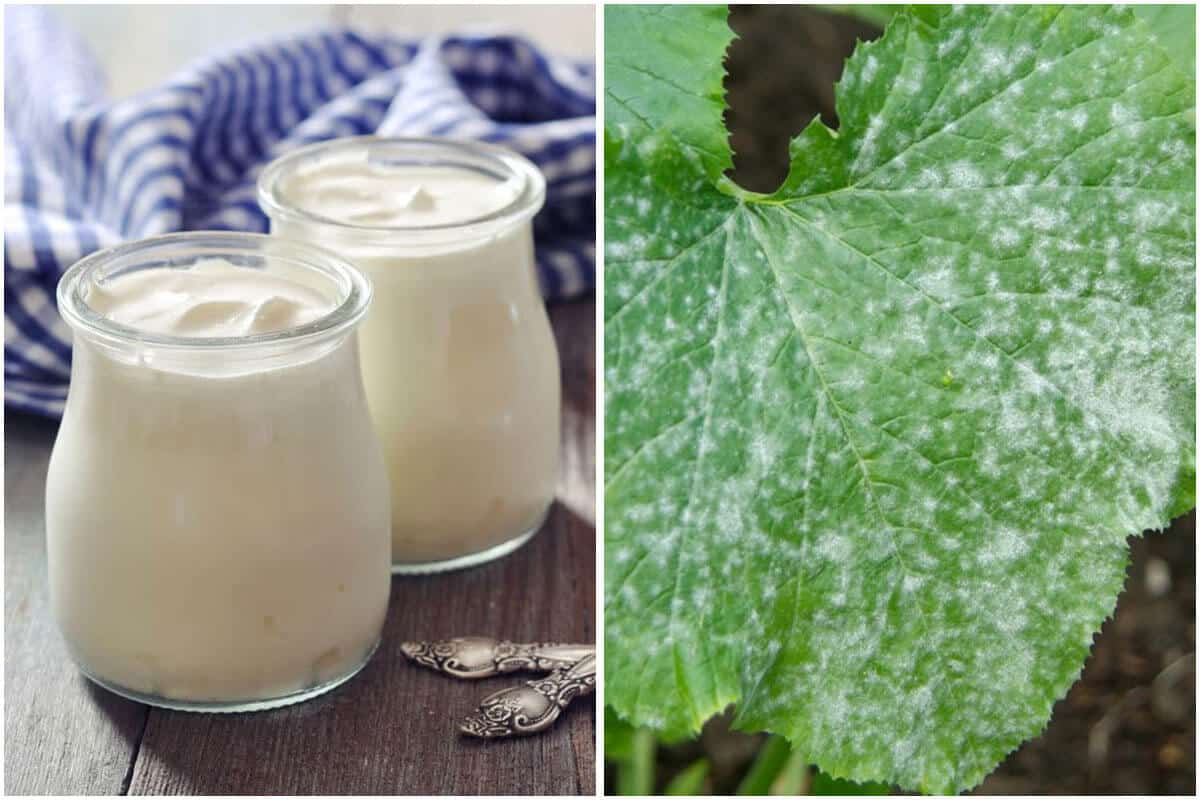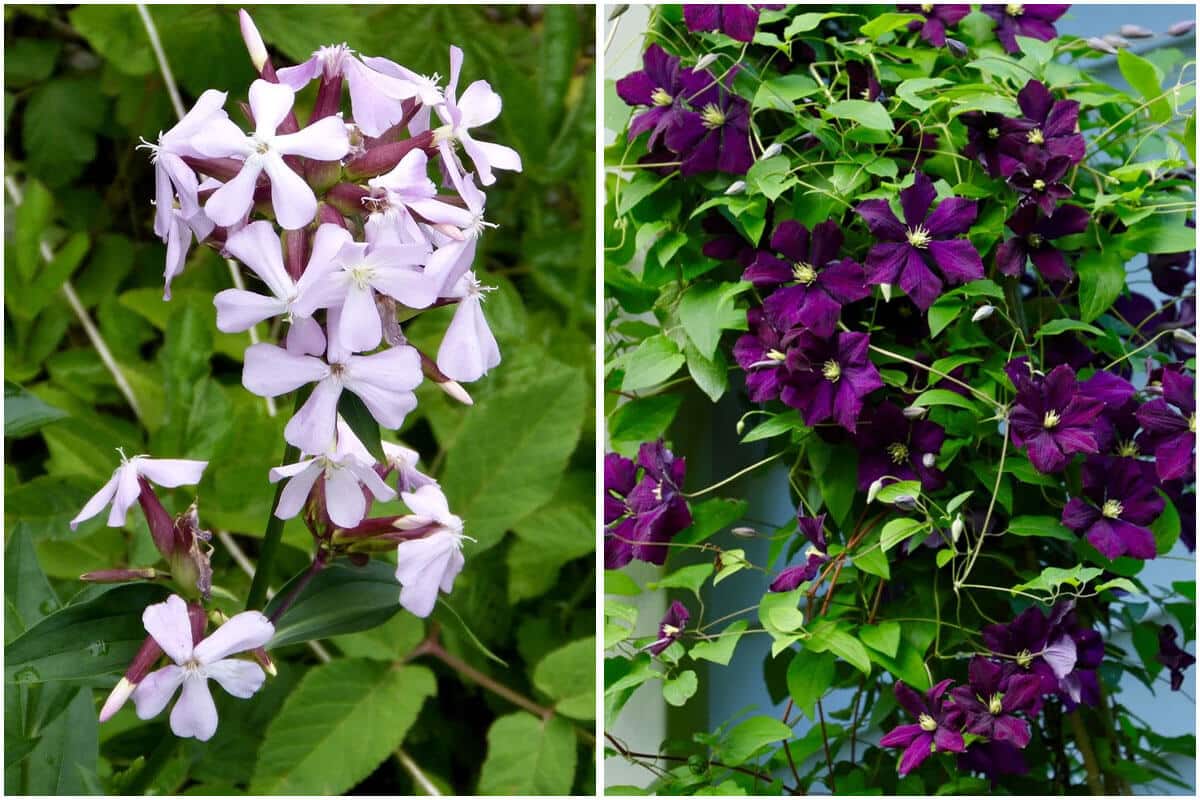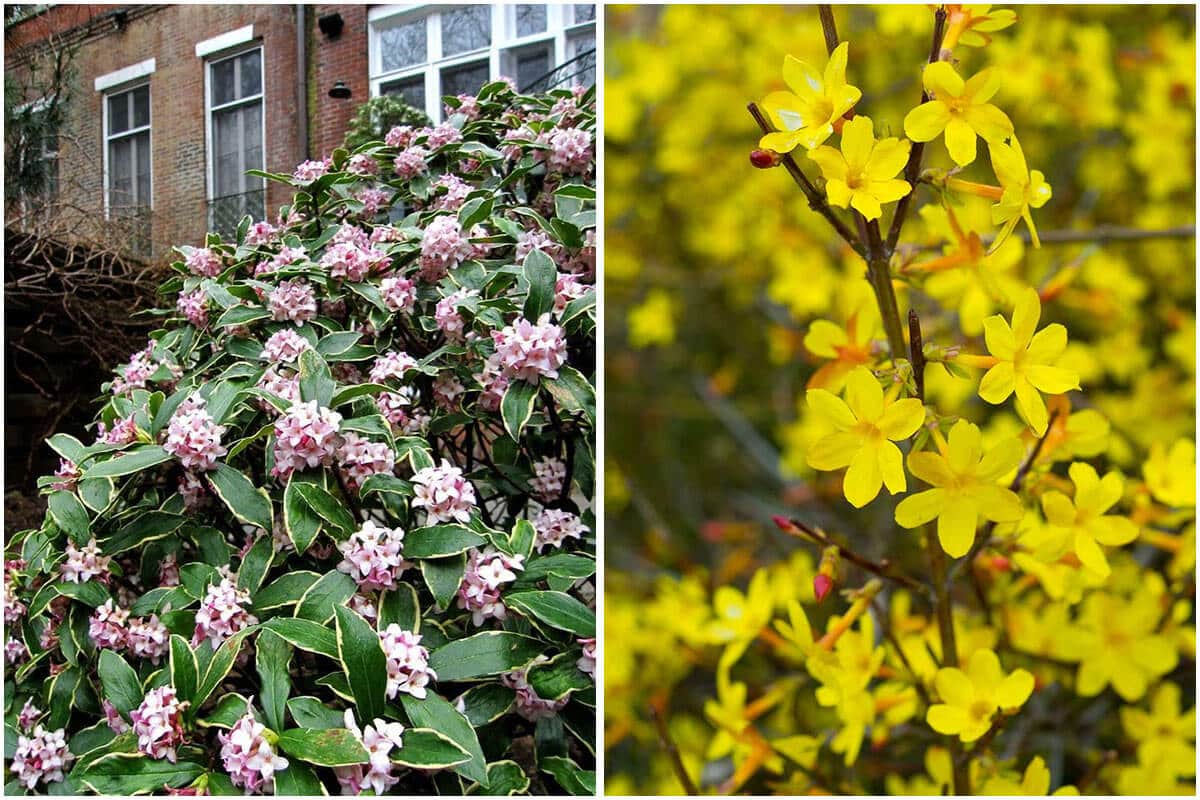Planting an edible garden is a fun, rewarding process. But it can also be a huge undertaking if you are a beginner. Some mistakes are easy to remedy, while others can turn into disasters as time goes on. So, in the post today, we’ve listed the 10 most popular gardening mistakes that you should avoid if you want to start your green-thumb journey. Are you ready to check them out with us?
Wasting seeds, using poor-quality soil, over-fertilizing, watering at the wrong time of day, and more. What of these mistakes did you make? After this article, we believe that you will fix them and help your plants grow well as well as your garden will promote the best its mission. Save them and apply for your plants right now!
#1 Wasting Seeds
Don’t dump out a whole packet of seeds into your garden beds; it’s a huge waste. In most cases, fresh, properly stored vegetable seeds have a high germination rate, and there’s no need to toss them all into the ground.
#2 Picking the Wrong Spot
Take your time to carefully consider potential spots for your brand new vegetable garden. Choose an area that receives plenty of suns. Avoid places where water tends to pool, such as at the bottom of an incline or beneath gutters. Closer to home is always best; you’ll be more likely to check on your plants and keep up with the harvest.
#3 Using Poor-Quality Soil
You’ll spend years building up soil health if you don’t start with the good stuff from the beginning. Spend a little bit more for ready-made, nutrient-filled mixes or make your own soil mix.
#4 Over-Fertilizing
When it comes to fertilizer, more doesn’t necessarily mean better. Too much fertilizer can damage your soil and create harmful runoff that contaminates the surrounding environment. Formulas high in nitrogen create lush, leafy plants, but yield few fruits ready for picking.
#5 Watering at the Wrong Time of Day
Don’t water your garden in the middle of the day. It is wasteful and dangerous for your precious plants. Water evaporates before it even touches the ground on a sweltering, sunny day, and droplets that make it onto your plants turn into magnifying glasses that strengthen the sun’s rays and leave plant leaves burned and crispy. Instead, water in the early morning or once the sun has begun to set in the evening.
#6 Not Paying Attention to the Weather
Check the forecast often, and you’ll always be abreast of potentially crop-damaging weather changes. Maybe is heavy rain or a storm. Make sure your tall plants are adequately secured. If an unexpected frosty overnight is in the cards, checking your phone’s weather app allows you plenty of time to prepare extra protection for your plants.
#7 Ignoring Pollinators’ Needs
You should not miss plants that attract pollinators. Plant flowers and flowering herbs to entice pollinators to your garden. If you want your tomato and squash plants to bear fruit, you’ll need pollinators hanging around. Many flowering plants also attract predatory insects that feast on annoying garden pests.
#8 Planting Invasive Species
Be wary before planting anything that claims to be quick-growing and easy to care for. Mint, for instance, is a super low-maintenance plant, but it spreads like wildfire and can easily overtake your garden beds. Plant invasive edibles in containers and keep them out of your regular garden beds.
#9 Forgetting About the Harvest
Harvest everything is one of the toughest aspects of gardening. If you wait too long to harvest certain vegetables, they may decline in quality, or plants may go to seed, turning any edible portions bitter and unpalatable. Before you start the season, know how to harvest everything in your yard, and come up with ideas for preserving and using what you grow.
#10 Bringing Home Infested Plants
If you buy plants at your local nursery, but always carefully inspect plants. Avoid buying plants that look sickly and a plant with signs of insect activity. Bringing home pests also increases the chances of disease spread, which can further decimate your garden plants.















